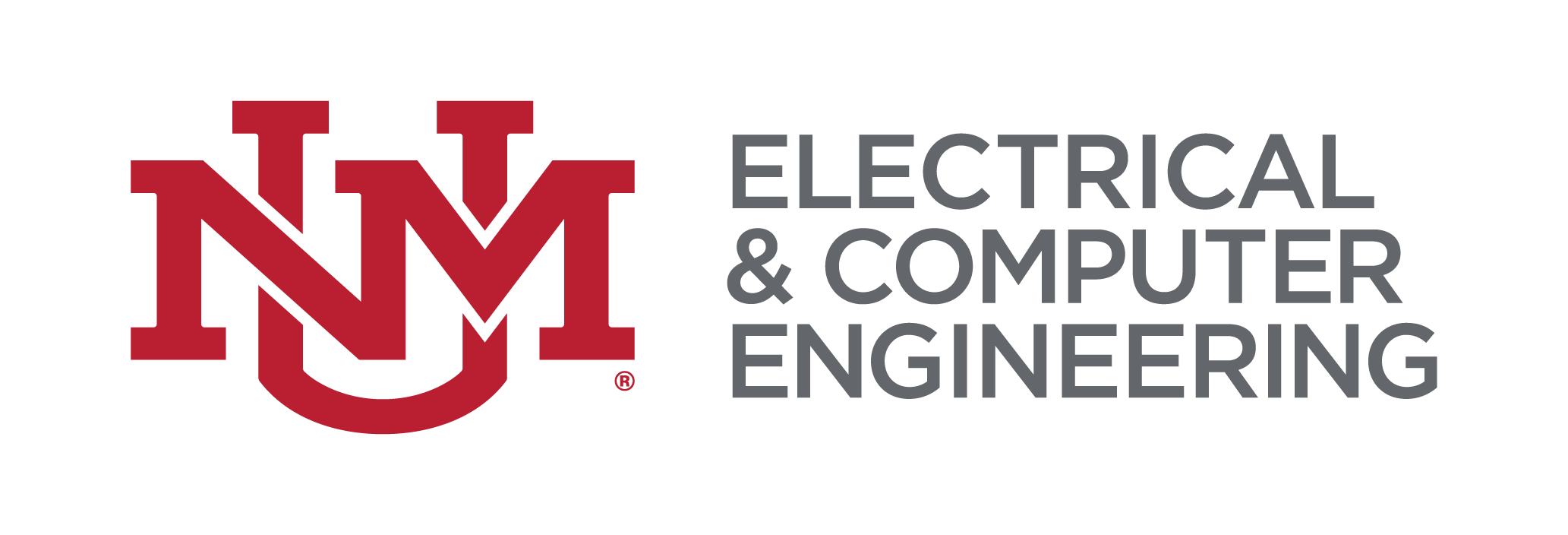Recent News
December 5 Seminar: Sal Portillo
December 3, 2025
November 21 Seminar: Jim Aarestad
November 19, 2025
November 14 seminar: Manel Martínez-Ramón
November 12, 2025
November 7 seminar: Bradley Ratliff
November 5, 2025
News Archives
COSMIAC Explores The Future of Wireless Communication
October 29, 2015 - Chuck Reuben
ECE PhD student Nick Tarasenko wants your TV experience to be "crisp." And that's what occupies a lot of his work at ECE's COSMIAC Research center.
Tarasenko is working on a project called WTLE which stands for "W/V-Band Terrestrial Link Experiment." WTLE is a collaborative effort between UNM, NASA, the Air Force Research Laboratory (AFRL) and industry partners. It is being financed by AFRL.
"This research has the potential to make more bandwidth available for wireless communication devices like cellphones, satellite television and mobile broadband devices," said the 33 year old Tarasenko, who works for the Air Force Research Lab.
"At some point the public is going to run into bandwidth limitations," he warned. "This will be the result of higher resolution videos, video streaming or virtual reality displays. We don't know where the future is going but we know that we're going to need lots of bandwidth to handle that kind of streaming."
Tarasenko sees the potential for future problems in our wireless communication use, especially in our TV-watching.
"Right now we're fine, sort of," Nick said. But he explained that as screens get bigger and people's viewing tastes become more evolved, they are demanding better quality.
"People like more resolution...People want the crispness in their entertainment and they don't want to be limited by their internet. So that's where WTLE has the potential to help alleviate any potential problems caused by bandwidth limitations."
Tarasenko said that it's the difference between the old style dial up connections and what we've got now.
"WTLE is a move to keep pushing internet speeds and internet bandwidth in the same direction."
